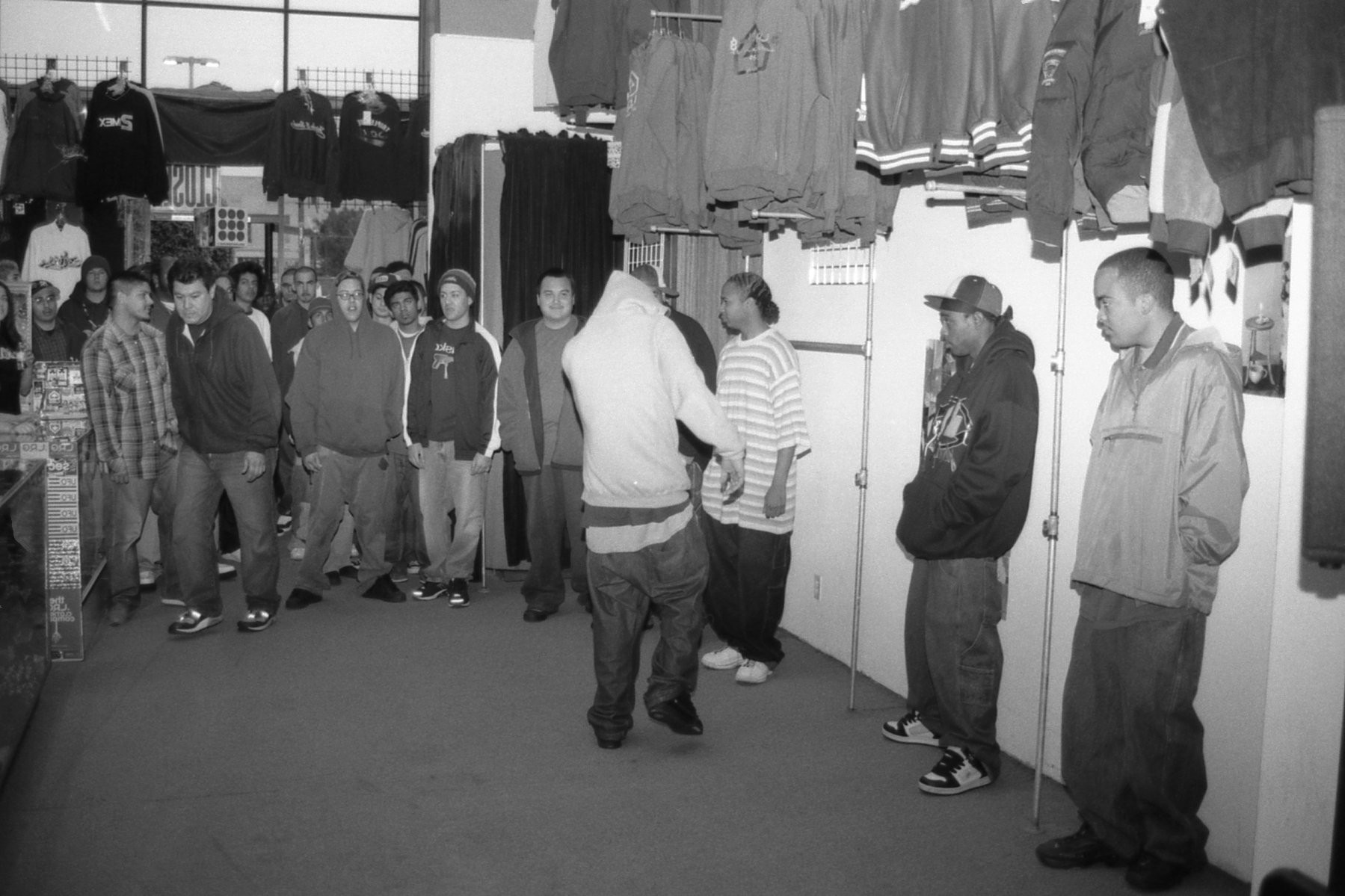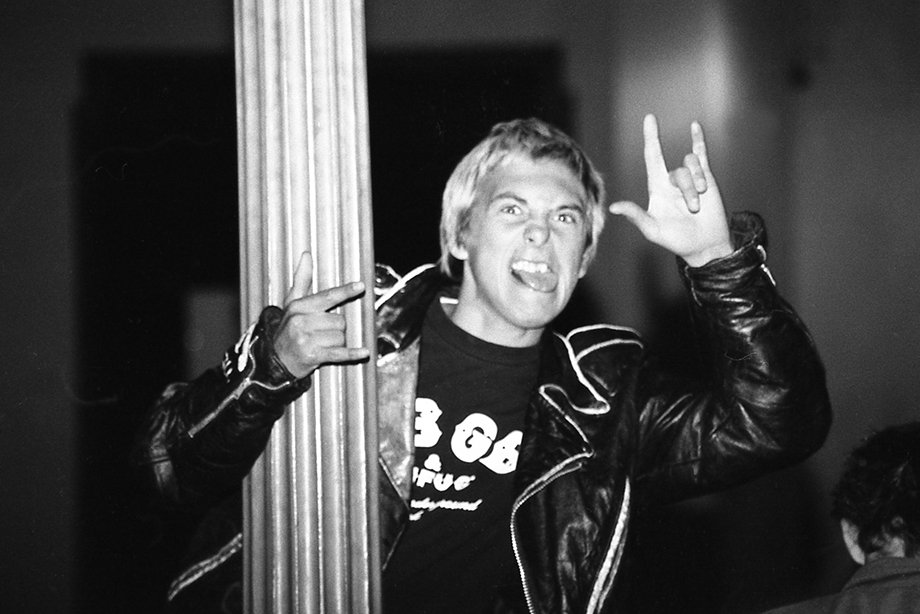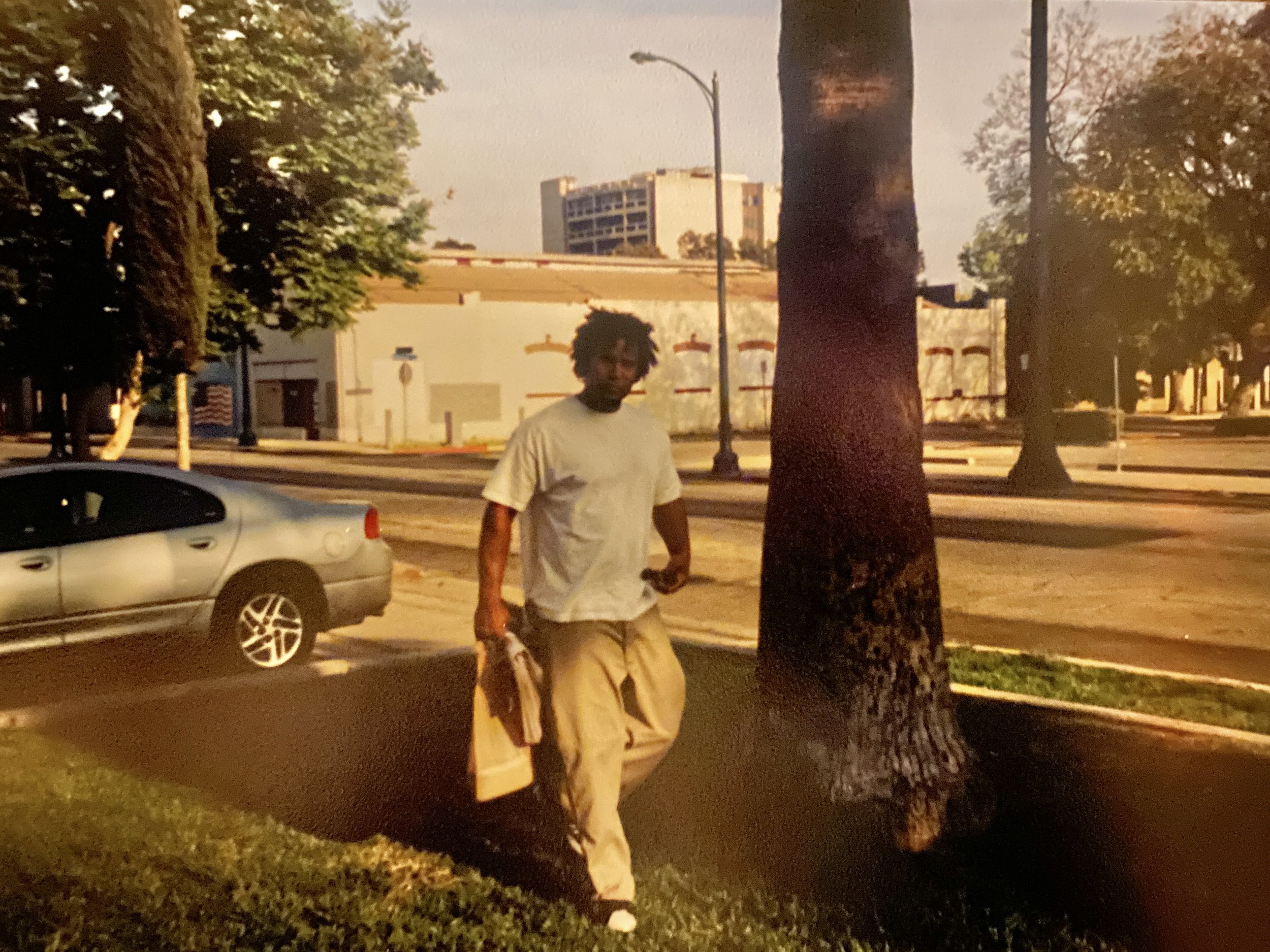Language changes, but the hate does not.
Illustration Julian Lucas
Language, erasure, and the violence we’ve agreed not to be bothered by.
It doesn’t even begin with a knock.
It’s more like the so-called smash and grab, only this time, it’s not teenagers,
Its federal agents in black vests,
doing their own harm to the community.
A pull-up-and-grab, not for sneakers, but for members of the community.
All of this sanctioned by Trump; State violence with a MAGA stamp of approval.
The only time kidnapping awakens patriotism is when the bodies being taken don’t look like theirs.
Why don’t the same people screaming about shoplifters at CVS also scream out about people being kidnapped in broad daylight. Surely a crying child, as she sees her mother taken away, would elicit screams of injustice.
Let’s talk about masks.
When Palestinian protesters cover their faces, they are labeled terrorists.
When students wear keffiyehs, they’re accused of inciting violence.
When brown kids march, they’re “terrorists and thugs”.
But when ICE pulls up masked, armed, no badge, no official vehicle, no warning, no accountability, that’s cheered on, that's ok?
People are vanishing in real time. No one is exactly sure about where they are taken.
We’ve been here before.
1954: When a Slur Became Federal Policy
Operation Wetback
Operation Wetback was the real - and very derogatory and racist - name (used in official memos and press releases) of the campaign to remove Mexicans from the country by President Eisenhower. It was executed by armed agents and celebrated in newspapers and by some Americans. Sound familiar? In the 1920s, when the economy was booming and white Americans wouldn’t pick beets, lay track, or clean hotel kitchens, the U.S. actively recruited Mexican laborers to fill the gap. Railroads, farms, and factories sent agents across the border to bring workers in, cheap, fast, and exploitable.
When the stock market crashed and unemployment surged, those same workers became scapegoats. No hearings. No charges. Just buses, trains, and public silence. In 1942, there was a U.S. Mexican Farm Labor Program, which was also known as Operation Bracero. This program brought Mexicans into the United States with the promise of decent wages and good treatment. During Operation Wetback as many as 1.3 million Mexicans, some of them U.S. citizens, were rounded up at gunpoint, dragged from fruit stands and factory floors. They were shipped off in overcrowded trains, ships, buses, often to places in Mexico that were unfamiliar to them. Sound familiar?
There’s a plaque in downtown Los Angeles now. It admits what was done. But it doesn’t tell the whole story, that the people expelled were first invited, then blamed. Welcomed as labor and then removed as a threat.
And It Didn’t Start There
Hundreds of Mexicans at a Los Angeles train station awaiting deportation
Before Operation Wetback, there was the so called Mexican Repatriation of the 1930s.
These people have been scapegoated for unemployment, blamed for taking jobs from “real” Americans’. Sound familiar?
It was racialized economic panic then and its racialized economic panic now.
The Invention of “Illegal”
In the decades since, we’ve gotten more careful with our words. The slurs are less acceptable. The harm and hate is still palpable.
The politicians have switched to something that sounds neutral: Illegal. People who intentionally use it must know how cruel it is. They must know the harm it causes?
You hear it when you watch the news, check in on Facebook or Nextdoor, or talk to a conservative media consumer. The word illegal is offensive and crass and it strips away at identity and says “you don’t belong here” to people who do, in fact, belong.
“Illegal” is not a status. It’s a whole sentence.
So I’ll ask again, do the same people who say “illegal” also use the N word?
Is the word “Illegal” like the N word? The origin and tone are different, but the use feels the same.
Both words serve the same social/political function: to dehumanize, disappear, insult and to say you don’t belong.
Calling someone “Illegal” makes it easier to justify the harm and ignore the trauma being inflicted.
This country doesn’t just deport people. It deports memory.
Are conservative commentators aware of the similarity? How about the Latinos for Trump conservatives who scream the loudest. It is easy to forget where your roots first took hold and to dismiss the fearful people who look just like you.
Ken Light. 6/2/1985 San Ysidro, California.
The question is avoided because facing it means facing the fact that the legal system is just a polished machine for disappearance.
The Myth the Right Way
Immigration done “right way” is expensive and fraught with confusion. People say this, like that path actually exists for everyone. But for many, it’s unaffordable, takes decades, and still ends in rejection. If your child’s life is at risk, you don’t wait for paperwork, you run. The “right way” is often just a privilege people mistake for a moral high ground. But don’t be surprised when the “right way” shifts again and you’re suddenly on the wrong side of the line.
Citizenship has always been a moving goalpost. Ask any Black American. Ask any Indigenous person. Ask any second generation kid watching their uncle being snatch-and-grab into detention while white coworkers joke about tacos and plan the next taco Tuesday.
What Does Language Allow?
“Illegal” doesn’t just erase the person.
It erases the context.
It erases the war, the drought, the cartel, the IMF, the colonial border drawn across someone’s ancestral land.
It erases the U.S. policies that created the very migration it now punishes. A simple google search can tell you what US policies lead to migrants leaving their homelands in search of a better future.
“Illegal” asks no questions about cause.
It just gives permission to punish the effect.
This country never apologized for the deportations of the 1930s. It never apologized for Operation Wetback. This country likes to pretend it forgot.
The state of California did issue a quiet apology in 2012, installing a plaque at LA Plaza de Cultura y Artes to acknowledge the forced removal of Mexican Americans during the Great Depression. It recognized that 400,000 Californians, many U.S. citizens, were deported, part of a repatriation of up to 2 million people.
But did anyone notice?
No national headlines. No prime time apology. No reparations. No shared reckoning.
And the raids happening now? Don’t hold your breath waiting for acknowledgement or atonement.
Maybe one day there will be a monument. A footnote in a textbook. A documentary narrated by someone who mispronounces our names.
But by then, how many lives will have vanished?
So I’ll ask one last time, and this time, I want you to actually sit with it:
Is “illegal” like the N word?
Are we just too polite, too white, too complicit, too satisfied, to say what we really mean?
Final note. The term “Illegal” isn’t even accurate. It’s not a crime to exist without papers. It’s a word people use to ignore the reasons someone came, war, poverty, policy.
You can call the system broken, but don’t call the person illegal. That’s not law, that’s a choice.
LINKS
Operation Wetback (1954) – U.S. Customs and Border Protection
Operation Wetback: A Policy of Mass Deportation – Smithsonian Magazine
The Mexican Repatriation Was a Human Rights Disaster – LA Times
PBS Timeline: The Mexican Repatriation
ICE and Border Patrol Abuses – ACLU
What We Know About the Effects of Separating Families – NPR
Drop the I-Word Campaign – Race Forward
The Term ‘Illegal Immigrant’ Is Dehumanizing – The Atlantic
ICE Arrests Highlight Due Process Concerns – Human Rights Watch
Inside Trump’s ICE Raids – The Guardian
Dehumanization of Migrants – Journal of Ethnic & Migration Studies
Language and Hate – Southern Poverty Law Center
Los Angeles Apologizes for their Role in Massive Deportations - Huffington Post
Julian Lucas is the editor of The Pomonan. He writes about power, memory, and the parts of America that would rather forget.





























































